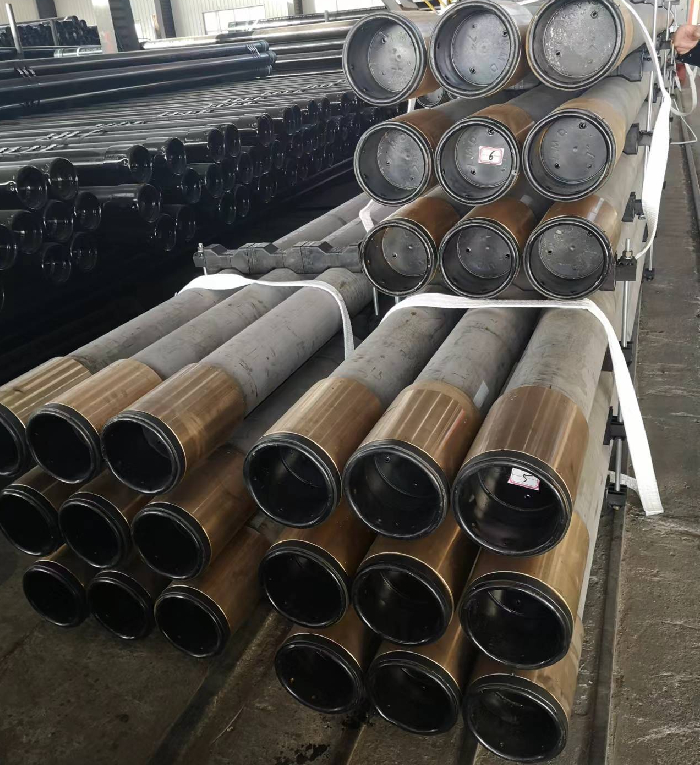- Afrikaans
- Albanian
- Amharic
- Arabic
- Armenian
- Azerbaijani
- Basque
- Belarusian
- Bengali
- Bosnian
- Bulgarian
- Catalan
- Cebuano
- Corsican
- Croatian
- Czech
- Danish
- Dutch
- English
- Esperanto
- Estonian
- Finnish
- French
- Frisian
- Galician
- Georgian
- German
- Greek
- Gujarati
- Haitian Creole
- hausa
- hawaiian
- Hebrew
- Hindi
- Miao
- Hungarian
- Icelandic
- igbo
- Indonesian
- irish
- Italian
- Japanese
- Javanese
- Kannada
- kazakh
- Khmer
- Rwandese
- Korean
- Kurdish
- Kyrgyz
- Lao
- Latin
- Latvian
- Lithuanian
- Luxembourgish
- Macedonian
- Malgashi
- Malay
- Malayalam
- Maltese
- Maori
- Marathi
- Mongolian
- Myanmar
- Nepali
- Norwegian
- Norwegian
- Occitan
- Pashto
- Persian
- Polish
- Portuguese
- Punjabi
- Romanian
- Russian
- Samoan
- Scottish Gaelic
- Serbian
- Sesotho
- Shona
- Sindhi
- Sinhala
- Slovak
- Slovenian
- Somali
- Spanish
- Sundanese
- Swahili
- Swedish
- Tagalog
- Tajik
- Tamil
- Tatar
- Telugu
- Thai
- Turkish
- Turkmen
- Ukrainian
- Urdu
- Uighur
- Uzbek
- Vietnamese
- Welsh
- Bantu
- Yiddish
- Yoruba
- Zulu
Understanding Casing Threads and Couplings in Oil and Gas Applications
Understanding Casing Threads and Couplings in Oil and Gas Operations
Casing threads and couplings are essential components in the oil and gas industry, playing a critical role in the construction and integrity of wells. This article aims to provide a comprehensive overview of these components, their types, applications, and significance in ensuring the safety and efficiency of drilling operations.
What are Casing Threads?
Casing threads refer to the threaded connections found on the ends of casing pipes. Casing pipes are large-diameter pipes used to line oil and gas wells and provide structural integrity and support. The threads enable these pipes to be easily connected and disconnected, facilitating various drilling and production operations.
Casing threads can come in different forms, including buttress threads, round threads, and API (American Petroleum Institute) threads. Each type has been developed for specific applications and offers distinct advantages. For instance, API threads are the industry standard due to their simplicity and reliability, while buttress threads may be favored in specific high-torque applications due to their superior load-carrying capabilities.
What are Couplings?
Couplings are the connectors used to join two casing pipes together. They can either be threaded or non-threaded and are crucial for maintaining pressure integrity and preventing leaks in the well. Couplings typically have internal threads that match the external threads of the casing pipes, providing a secure connection.
Like casing threads, couplings also come in various types, including threaded couplings, which facilitate the direct connection of casing pipes, and flush joint couplings, which maintain a smooth external profile for enhanced pressure resistance and reduced turbulence. Each type of coupling serves specific purposes, depending on the desired application and operational conditions.
The Importance of Casing Threads and Couplings
1. Structural Integrity The primary purpose of casing threads and couplings is to ensure the structural integrity of the well. Properly connected casing pipes are crucial for preventing cave-ins, protecting groundwater, and holding back the pressures associated with oil and gas reservoirs.
casing threads and couplings

2. Ease of Maintenance Casing threads allow for the easy disassembly and reassembly of casing pipes, which can be especially useful during maintenance and repair operations. If a section of the well requires servicing, threaded connections simplify the removal process without the need for extensive equipment.
3. Pressure Management In many scenarios, high-pressure environments pose risks of fractures or well blowouts. Casing threads and couplings provide system reliability, ensuring that these connections can withstand substantial forces, thereby maintaining the pressure integrity of the well.
4. Cost Efficiency Investing in high-quality casing threads and couplings can lead to long-term cost savings. Components that are durable and reliable reduce the risk of failures that can lead to costly drilling delays and additional repairs. Choosing the right combination of threads and couplings is essential for optimizing operational efficiency.
5. Safety Ultimately, the proper use and selection of casing threads and couplings play a vital role in ensuring the safety of drilling operations. Compromised connections can lead to catastrophic incidents, making adherence to industry standards and best practices essential.
Advances in Technology
Recent developments in materials science and engineering have led to significant advancements in casing and coupling technology. Innovations such as corrosion-resistant coatings and enhanced thread designs are contributing to more robust and reliable connections that can withstand the harsh environments typically encountered in oil and gas operations.
Moreover, digital technologies, including software solutions for thread design and simulation, are enabling engineers to optimize casing connections before they are even fabricated, ensuring that they meet the exact specifications needed for successful well completion.
Conclusion
In conclusion, casing threads and couplings are indispensable components in the oil and gas industry. Their correct selection and application are vital for maintaining well integrity, ensuring operational efficiency, and enhancing safety. As technology continues to evolve, the future of casing threads and couplings promises even greater reliability and performance, enabling the industry to meet the growing energy demands while maintaining high safety standards.
-
Tubing Pup Joints: Essential Components for Oil and Gas OperationsNewsJul.10,2025
-
Pup Joints: Essential Components for Reliable Drilling OperationsNewsJul.10,2025
-
Pipe Couplings: Connecting Your World EfficientlyNewsJul.10,2025
-
Mastering Oilfield Operations with Quality Tubing and CasingNewsJul.10,2025
-
High-Quality Casing Couplings for Every NeedNewsJul.10,2025
-
Boost Your Drilling Efficiency with Premium Crossover Tools & Seating NipplesNewsJul.10,2025







